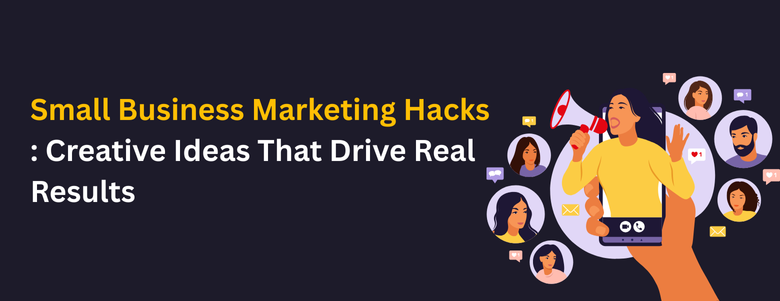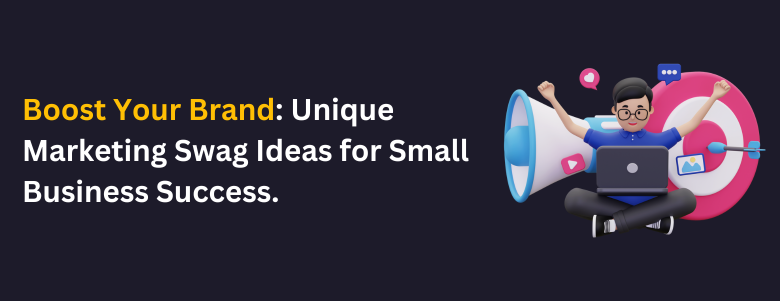12 Proven Strategies to Increase Website Traffic in 2025
In the current climate of the digital world, creating a website has essentially become a no-brainer. But getting the flow of traffic consistently, and of quality, to your website? Now you’re talking about something businesses are struggling to do the most. The competition has grown by leaps and bounds, users are inundated with content, and SEO algorithms are changing on a dime. A flashy design or a couple of blogs isn’t going to cut it anymore. Many businesses are left asking: “why isn’t anyone visiting my website?” The challenge to increase website traffic is more relevant than ever. The reality is that businesses need to recognize that website traffic isn’t just about SEO anymore—it’s about strategy, user intent, and having brothers-in-arms that are already in the places where your audience is. If you’re wondering how to increase website traffic in a sustainable way, our team is here to help you with SEO Table of Contents Table of Contents Introduction Target Long-Tail, High-Intent Keywords Create Valuable, In-Depth Blog Content Repurpose Existing Content into New Formats Update and Refresh Old Blog Posts Optimize On-Page SEO for Every Page Win Featured Snippets with Clear Answers Build High-Quality Backlinks Partner with Influencers & Niche Experts Share Thoughtfully in Online Communities Grow and Nurture an Email List Promote Content Strategically on Social Media Improve Site Speed & Mobile Experience Conclusion FAQs 1. Target Long-Tail, High-Intent Keywords Long-tail keywords are lower-competition, more specific phrases that represent exactly what users are looking for. Long-tail keywords go more in-depth with a topic: instead of a short and simple keyword like “shoes,” they are “best trail running shoes for men 2025.” Long-tail keywords are usually where ready-to-convert users are found. Using long-tail, high-intent keywords is one of the most effective ways to increase website traffic quickly and organically. These are also important for ranking faster, especially if your domain isn’t a high-authority one just yet. Be respectful of user intent. Are they looking to learn, buy, or compare? 2. Create Valuable, In-Depth Blog Content Knowing how to increase organic traffic starts with creating content that answers real user questions and delivers genuine value. Google prioritizes quality over quantity. Contrived blog writing for the sake of “having content” is no longer effective. In 2025, audiences expect deeper insight and true answers, not just junk summary information. Your blog should solve a defined problem, and keep readers actively engaged. 3. Repurpose Existing Content into New Formats You don’t have to reinvent the wheel each time. Content repurposed gives you the ability to get even more value from what you have already created. Further, it is a great opportunity to engage with audiences who favor other formats, like text, form, or video. Repurposing your best-performing content is an underrated method when you’re thinking about how to increase website traffic without creating something entirely new. 4.Update and Refresh Old Blog Posts Your old blogs can be a treasure trove–if they’re fresh. Updating content helps with SEO ranking, re-engaging traffic, and showing that your site is current. Google loves freshness, especially when it comes to competitive keywords. 5.Optimize On-Page SEO for Every Page Technical SEO is still important. On-page SEO helps search engines understand what your page is about and helps a user find what they are looking for in your content. Even small updates to meta tags, internal links, or structure, can have a significant impact in improving rankings Create structure in your content with header tags such as H2, H3, etc. 6.Win Featured Snippets with Clear Answers Featured snippets (the box that Google shows first) steal a big percentage of clicks. They reward content that is short, concise, and answers common questions accurately. To win featured snippets you should format your content so Google can crawl and feature them. 7. Build High-Quality Backlinks Backlinks indicate to Google that your content is valid. But it’s not the quantity, it’s quality and relevance. Strong backlinks from trustworthy domains increases domain authority and organic visibility in search engines. Create original data or tools that others want to reference 8. Partner with Influencers & Niche Experts In 2025, trust is traffic. Trust from influencers can reach defined audiences and create awareness and site traffic. Keep in mind that influencer marketing is not just celebrity influencers—micro-influencers with high engagement often drive the best results. 9. Share Thoughtfully in Online Communities Traffic still comes from forums like Reddit, Quora, Slack, or niche Facebook groups—if managed correctly. Spam gets ignored. Value-added engagement gets rewarded. Your aim is to genuinely help someone, while having your site “close by”. 10. Grow and Nurture an Email List Email is a channel that continues to deliver some of the best ROI, and it can be an excellent tool to increase website traffic by re-engaging your audience. Because bottom line, you’re not renting attention—you’re owning it. A solid email strategy will keep your visitors coming back again and again. 11. Promote Content Strategically on Social Media Hitting publish doesn’t equal traffic unless you distribute it – distribution is everything. Every social platform has its own way that it needs to be treated. Great promotion typically includes paid boosts, resharing the link, and engaging in communities. 12. Improve Site Speed & Mobile Experience Google and users are both focused on fast and mobile-friendly. A 1-second delay could cost you 7% in conversions. Fast, responsive sites keep visitors longer, and reduce bounce rates. Conclusion If you have struggled to increase traffic to your site, you are not alone. However, now you have a list of 12 tactics you can use for real success in 2025. The important part is not to do everything at once, but to do the right types of things on a regular basis.Pick 3-4 tactics above and try them out in the next 90 days to increase website traffic and measure what works best for your audience. Measure your results. Connect valuable content with smart SEO and by engaging authentically with users and you will be on the road to real,
12 Proven Strategies to Increase Website Traffic in 2025 Read More »





